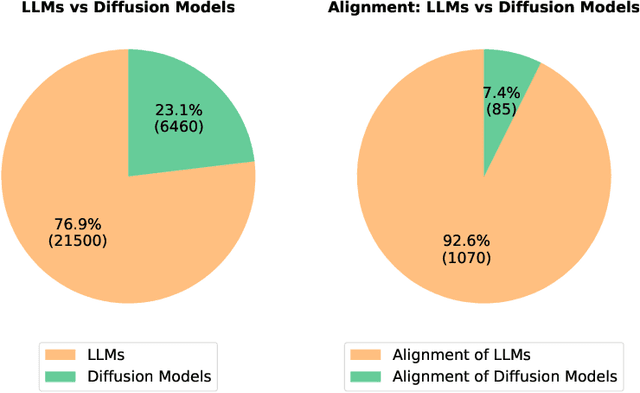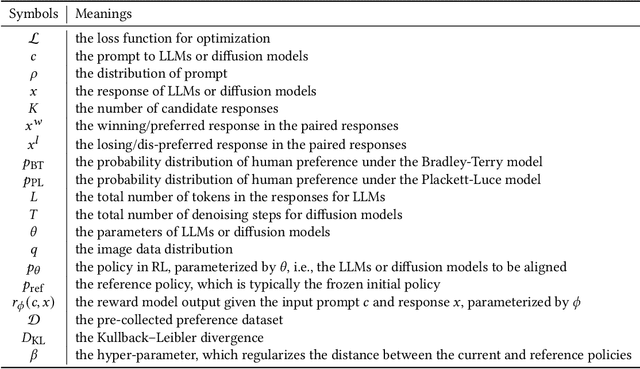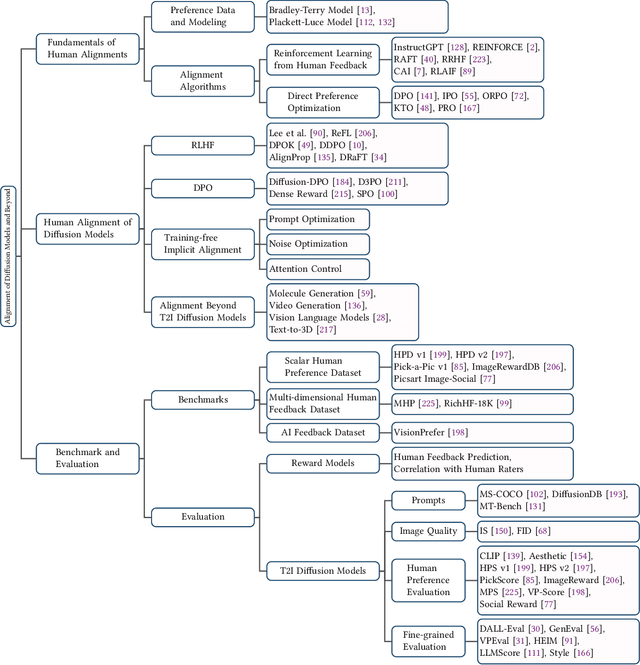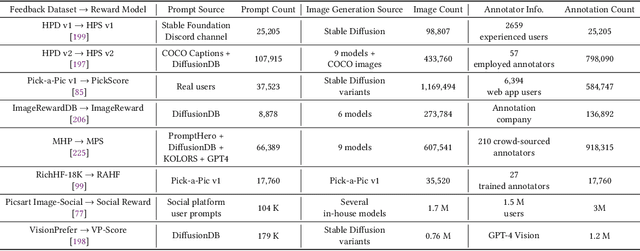Bao Li
Learning from Ambiguous Data with Hard Labels
Jan 08, 2025Abstract:Real-world data often contains intrinsic ambiguity that the common single-hard-label annotation paradigm ignores. Standard training using ambiguous data with these hard labels may produce overly confident models and thus leading to poor generalization. In this paper, we propose a novel framework called Quantized Label Learning (QLL) to alleviate this issue. First, we formulate QLL as learning from (very) ambiguous data with hard labels: ideally, each ambiguous instance should be associated with a ground-truth soft-label distribution describing its corresponding probabilistic weight in each class, however, this is usually not accessible; in practice, we can only observe a quantized label, i.e., a hard label sampled (quantized) from the corresponding ground-truth soft-label distribution, of each instance, which can be seen as a biased approximation of the ground-truth soft-label. Second, we propose a Class-wise Positive-Unlabeled (CPU) risk estimator that allows us to train accurate classifiers from only ambiguous data with quantized labels. Third, to simulate ambiguous datasets with quantized labels in the real world, we design a mixing-based ambiguous data generation procedure for empirical evaluation. Experiments demonstrate that our CPU method can significantly improve model generalization performance and outperform the baselines.
A Simple and Efficient Baseline for Zero-Shot Generative Classification
Dec 17, 2024



Abstract:Large diffusion models have become mainstream generative models in both academic studies and industrial AIGC applications. Recently, a number of works further explored how to employ the power of large diffusion models as zero-shot classifiers. While recent zero-shot diffusion-based classifiers have made performance advancement on benchmark datasets, they still suffered badly from extremely slow classification speed (e.g., ~1000 seconds per classifying single image on ImageNet). The extremely slow classification speed strongly prohibits existing zero-shot diffusion-based classifiers from practical applications. In this paper, we propose an embarrassingly simple and efficient zero-shot Gaussian Diffusion Classifiers (GDC) via pretrained text-to-image diffusion models and DINOv2. The proposed GDC can not only significantly surpass previous zero-shot diffusion-based classifiers by over 10 points (61.40% - 71.44%) on ImageNet, but also accelerate more than 30000 times (1000 - 0.03 seconds) classifying a single image on ImageNet. Additionally, it provides probability interpretation of the results. Our extensive experiments further demonstrate that GDC can achieve highly competitive zero-shot classification performance over various datasets and can promisingly self-improve with stronger diffusion models. To the best of our knowledge, the proposed GDC is the first zero-shot diffusionbased classifier that exhibits both competitive accuracy and practical efficiency.
Alignment of Diffusion Models: Fundamentals, Challenges, and Future
Sep 12, 2024



Abstract:Diffusion models have emerged as the leading paradigm in generative modeling, excelling in various applications. Despite their success, these models often misalign with human intentions, generating outputs that may not match text prompts or possess desired properties. Inspired by the success of alignment in tuning large language models, recent studies have investigated aligning diffusion models with human expectations and preferences. This work mainly reviews alignment of diffusion models, covering advancements in fundamentals of alignment, alignment techniques of diffusion models, preference benchmarks, and evaluation for diffusion models. Moreover, we discuss key perspectives on current challenges and promising future directions on solving the remaining challenges in alignment of diffusion models. To the best of our knowledge, our work is the first comprehensive review paper for researchers and engineers to comprehend, practice, and research alignment of diffusion models.
Point Transformer with Federated Learning for Predicting Breast Cancer HER2 Status from Hematoxylin and Eosin-Stained Whole Slide Images
Dec 11, 2023Abstract:Directly predicting human epidermal growth factor receptor 2 (HER2) status from widely available hematoxylin and eosin (HE)-stained whole slide images (WSIs) can reduce technical costs and expedite treatment selection. Accurately predicting HER2 requires large collections of multi-site WSIs. Federated learning enables collaborative training of these WSIs without gigabyte-size WSIs transportation and data privacy concerns. However, federated learning encounters challenges in addressing label imbalance in multi-site WSIs from the real world. Moreover, existing WSI classification methods cannot simultaneously exploit local context information and long-range dependencies in the site-end feature representation of federated learning. To address these issues, we present a point transformer with federated learning for multi-site HER2 status prediction from HE-stained WSIs. Our approach incorporates two novel designs. We propose a dynamic label distribution strategy and an auxiliary classifier, which helps to establish a well-initialized model and mitigate label distribution variations across sites. Additionally, we propose a farthest cosine sampling based on cosine distance. It can sample the most distinctive features and capture the long-range dependencies. Extensive experiments and analysis show that our method achieves state-of-the-art performance at four sites with a total of 2687 WSIs. Furthermore, we demonstrate that our model can generalize to two unseen sites with 229 WSIs.
 Add to Chrome
Add to Chrome Add to Firefox
Add to Firefox Add to Edge
Add to Edge